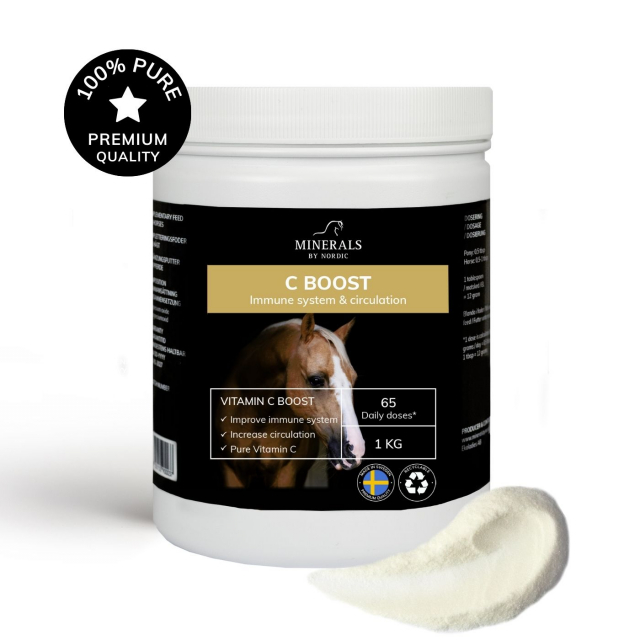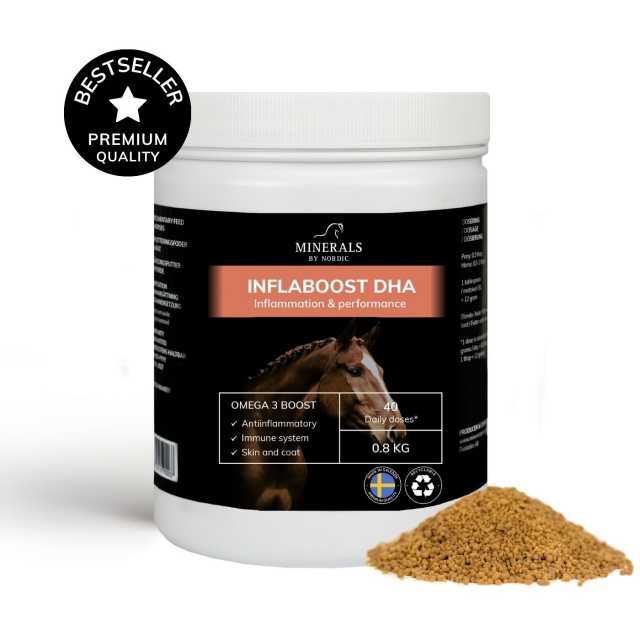Fungal infections in horses
Symptoms of fungal infections in the coat can include itching, redness, and flaky skin. Small bald patches may also appear where the skin looks irritated. If you notice that the horse frequently scratches itself or that the coat looks uneven, it could be a sign of a fungal infection. Here are the different types of fungal infections a horse can suffer from:
Ringworm (Dermatophytosis)
This is one of the most common fungal infections in horses. It is caused by fungi belonging to the genera Trichophyton and Microsporum. Ringworm is highly contagious and can spread through direct contact or contaminated objects such as brushes, saddles, and blankets. Symptoms include round, hairless patches that can become crusty and irritated.
These are areas where fungus can occur, especially if the horse has a thick mane or tail that retains moisture. The fungus can cause irritation, hair loss, and crust formation in these areas.
Candida infections
Candida is a type of yeast that can affect a horse's mouth or genital area, especially if there is an imbalance in the horse's microflora, such as after prolonged antibiotic treatment. The infection can cause redness, irritation, and sometimes ulceration.
Treatment and prevention
To treat fungal infections, it's important to keep the horse dry and clean. Use a mild antifungal shampoo and make sure to thoroughly clean all brushes and tools after use to avoid spreading the infection. Providing the horse with feed that supports a strong immune system can also help prevent future infections. C Boost and Inflaboost DHA are immune-boosting products. It’s also important to maintain gut balance, so consider supporting the horse with prebiotics like Pur.Mash.
When should you seek help?
If the infection doesn’t improve with home treatment or if the horse shows signs of discomfort, you should contact a veterinarian for advice. They may recommend medical treatments that can help your horse recover quickly and effectively. To keep your horse's skin and coat in optimal condition, it's important to stay attentive to small changes and act quickly if problems arise. By providing your horse with proper care and supplements, you can help keep it healthy and happy year-round.

 SWE
SWE


 ENG
ENG NO
NO AX
AX DE
DE